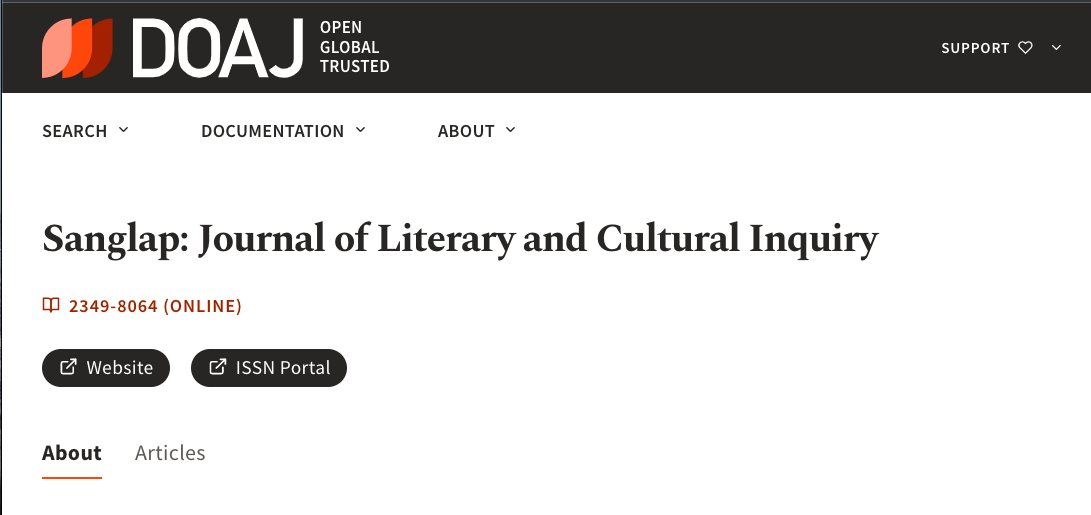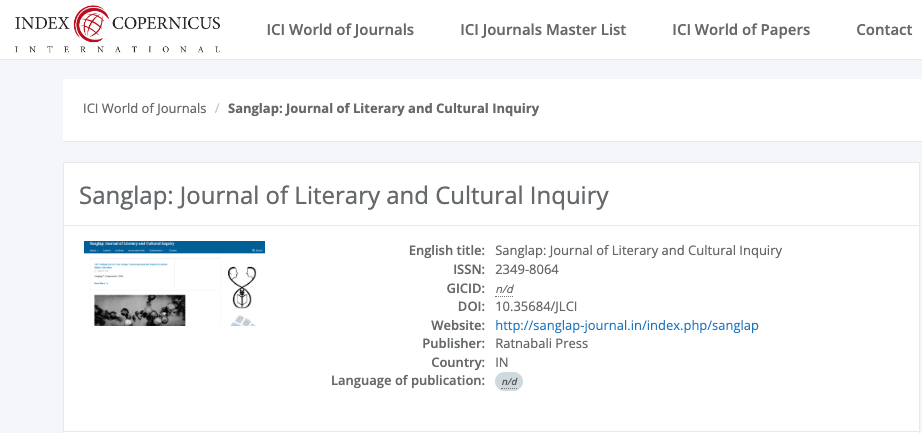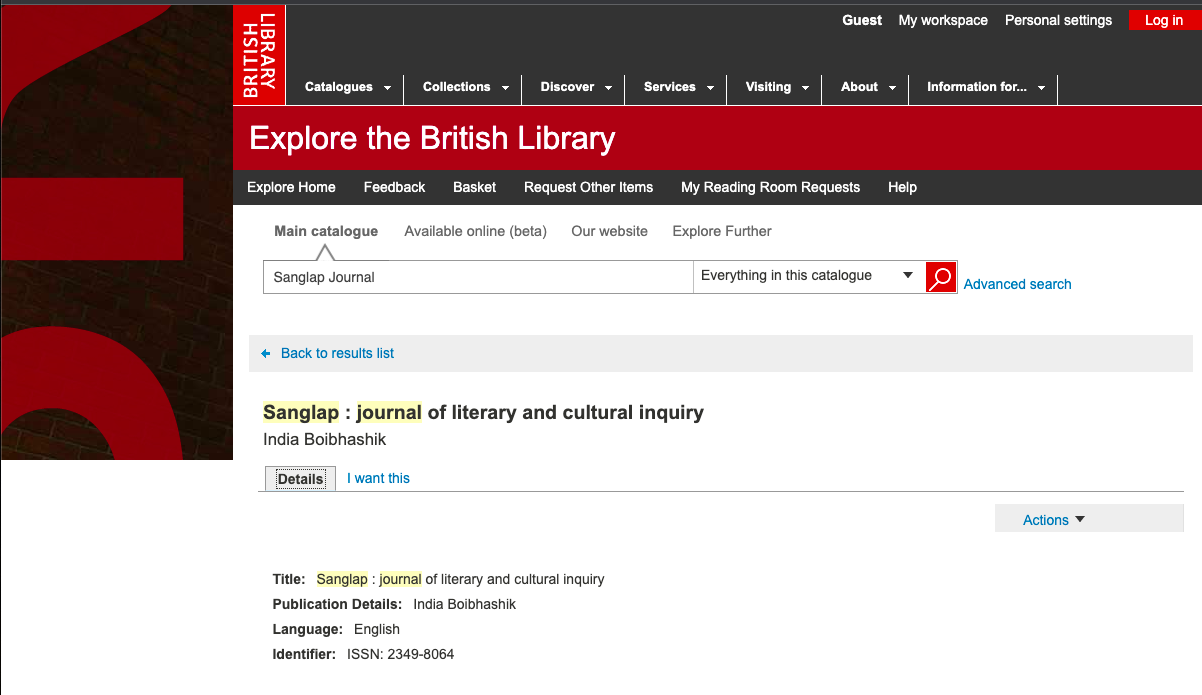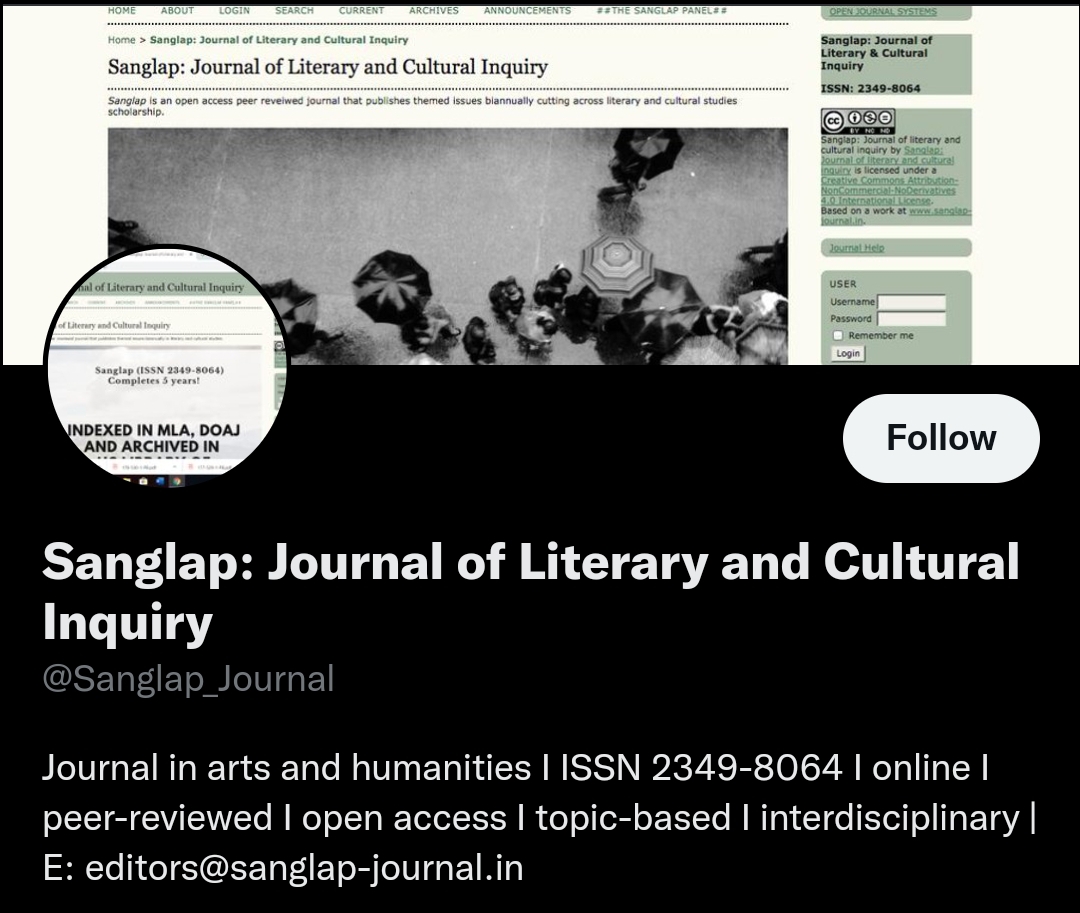Heidegger Contra Lacan:
The Cut and the Development of Two Theories of Subjectivity
Keywords:
Heidegger, Lacan, Western metaphysics, Subjectivity, Theories of the Subject.Abstract
The question of the subject and subjectivity is being broached with a new urgency as Neuroscience, Biology, artificial intelligence research, and post-modern philosophies are all trying to understand and model human consciousness. Consequently, the understanding of consciousness is becoming more complex and the traditional conceptual hegemony of the unified, individual, Knowing Self posited by Western metaphysics and science is becoming increasingly precarious. Following some introductory comments on the conventional Western subject this article will focus on specific ways Heidegger and Lacan develop theories of subjectivity that constitute exceptions to the traditional theories. Examining these two radically divergent theories of the subject, it will be shown how one method for re-modelling the idea of the subject is through the integration of internal divisions or cuts. Heidegger’s Dasein and Lacan’s thinking of subjectivity diverge from the traditional philosophical subject on the basis of a differing relation to the cut or split that bars them from any objective self-knowledge. First, looking closely at the development of Dasein in Being and Time (1927), this article will show how particular instances of cutting or splitting distinguish Dasein as a radical break with the traditional subject of philosophy. Next, this article will look at how Lacan refines Freud’s revolutionary work on subjectivity and the splitting of the mind by examining how in his recently translated (2017) fifth seminar, Formations of the Unconscious (1957-1958), Lacan expands Freud’s theory of the Oedipus complex and psychic development to develop a more complex and dynamic notion of subjectivity. Both Heidegger and Lacan develop subjects that differ from the traditional subject and from each other through integrations of cutting or internal division that entail different relations to history and language. Moreover, tracing out how these subjects are conceived in relation to processes of cutting or splitting brings about a new manner of modeling subjective positions vis-à-vis knowledge, self-consciousness, and community. Ultimately, the developments from the philosophical subject to Dasein and Lacan’s subject indicate how increasingly verisimilar theories of human subjectivity can be developed on the basis of increasingly complex relations and integrations of structural splitting.











